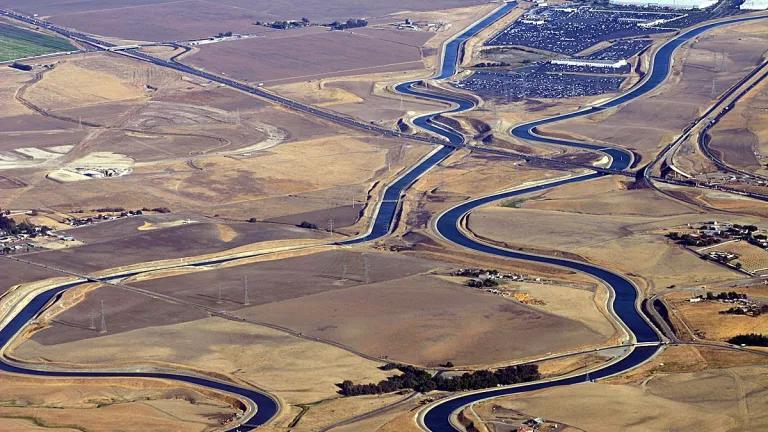Affording the Food I Value
This was originally published as a guest post on Lena Brook's blog.
There is not an instance where I check out at the grocery store and do not think about what the total cost will be when my basket of food gets tallied. I shop for just me and am excited when I walk out with two weeks of groceries for under $100.
Ideally, I eat a mostly plant-based diet with minimal meat, prioritizing organic chicken and wild-caught fish. Because I want to buy organic vegetables and meat raised without antibiotics, I am faced with the reality that often times these options are more expensive than the conventionally-produced alternatives. However, I value these foods enough that I am willing to pay a premium price.
Admittedly, my food purchasing habits have not always been this way. I have not always valued healthy and sustainably produced options enough to buy them nor has it always been financially possible for me to do so.
As a kid growing up in a suburb outside of Denver, Colorado, I was accustomed to eating a plethora of highly processed foods. It was normal for me to turn to a Pop-Tart for breakfast or Cheez-its for a snack. During my early days of college, I was surrounded by peers who were far more active than my high school peers and who opened my eyes to the burdens of processed foods. My entire mentality changed as I discovered the extreme amount of fats, salts and sugars I had been consuming unknowingly my whole life. I started eating whole foods and choosing options that were full of nutrients rather than relying on carbs, salts and fats to get me through the day.
At the same time that I started making connections between food and my health, I started learning about the massive environmental impacts from the industrial food system in my Environmental Studies courses. I was enlightened by the fact that government subsidies incentivize mass production of few and select crops and that monocropping these foods leads to soil degradation; all the while farmers are not able to make a livable wage and 40% of food is wasted in the US every year. The problems seemed so intertwined and the solutions so disparate and inadequate.
Last year, I served as an Americorps VISTA member and did a year of service for a nonprofit organization based outside of Washington, D.C. I was provided with a small living stipend and qualified for federal nutrition assistance benefits including SNAP, formerly known as Food Stamps. It was during this time that I realized how truly difficult it is to afford food, especially the healthy foods I had come to value, on a limited budget.
I am no longer a VISTA member, but I continue to work in the nonprofit sector and now live in San Francisco, one of the country’s most expensive cities. My work centers on supporting the creation of a more sustainable, equitable and resilient food system. This means I continue to grapple with many big questions about food and farming, including who is benefiting from the current structure and what the barriers are to changing the status quo.
Questions like: why I can buy a family sized bag of potato chips at a lower price than an organically grown apple? Yet bananas are some of the cheapest foods available in the supermarket, but are often sold at a marginal profit or sometimes even at a loss. Why would markets continue to sell bananas at a price where they cannot profit? And why does our government continue to subsidize agricultural practices that harm people, the land, water and our climate, while organic and regenerative farmers receive little to no public support?
Our current food system negatively impacts the people struggling to make ends meet, farmers trying to turn a profit, youth who are trying to fuel and sustain their bodies, and the earth from which our food grows. At the same time, it supports the seemingly infinite economic dominance of big corporations, their subsidiaries and shareholders. That reality has made me wonder what it would take to shift our food system to be more equitable and environmentally sustainable. I had a hunch that one answer could be about how we price food. A deeper exploration led me to a relatively new idea: true cost accounting (TCA), also known as full-cost accounting or total cost accounting. The TCA approach builds the full cost of a food item into the price including transportation, water use and air pollution, none of which are accounted for under our current model.
After all, as a consumer, I want to afford wholesome and healthy foods; however, because of subsidies on corn and soy, processed foods saturate the market and often at low prices. As an environmentalist, I want food that was produced in a way that does not harm people or the planet, but many costs associated with producing, transporting and selling food are being externalized and negatively impact people’s health and the environment. As an American, I want the farmers who grow the food I eat to live well and be able to support themselves and stay in the business of farming, but the reality is that average pay for farmers is about half of what it is for non-farmers.
So as a consumer, an environmentalist and an American, I think that utilizing the principles of TCA for food pricing could create a balance in the economics of food that would ideally result in an equitable system that is beneficial to those who eat and grow the food as well as the earth itself. Perhaps it would even lead to a system where more people value wholesome, responsibly grown food and can afford the food they value.



